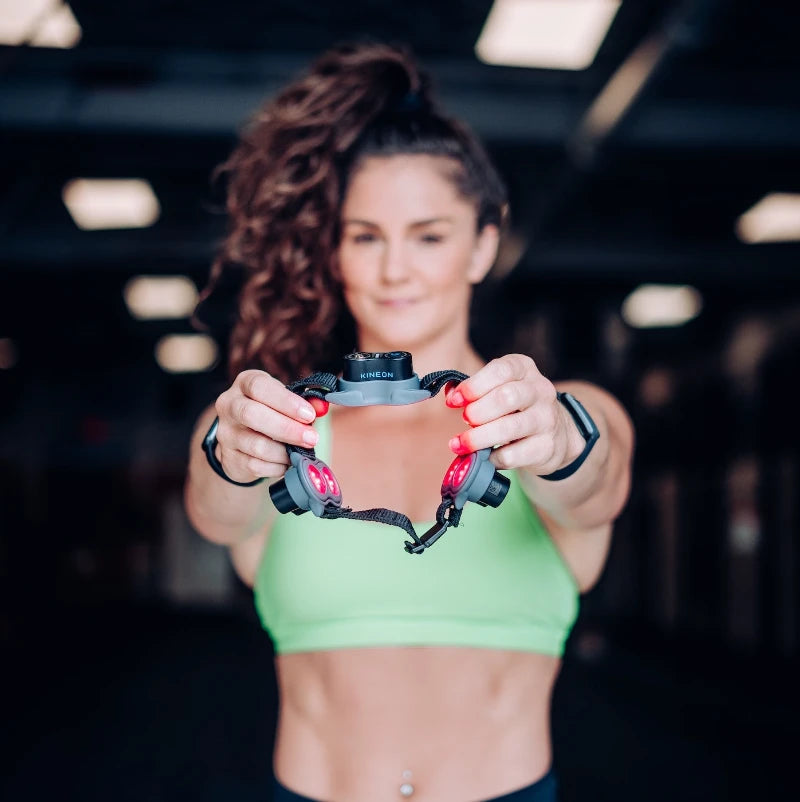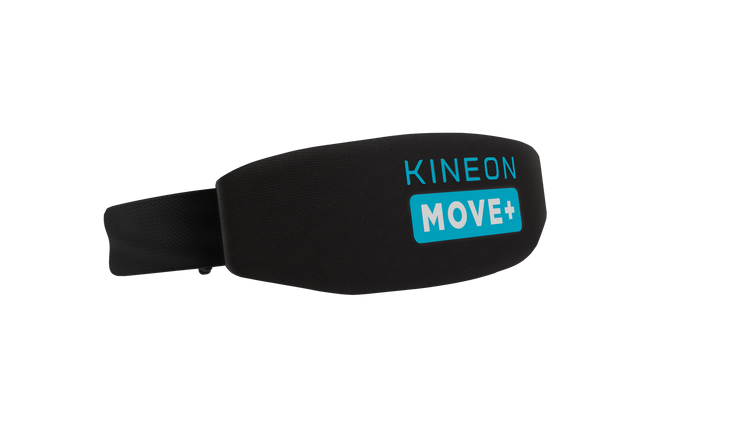While menopause is a process that every woman goes through, the actual experience of it can feel like you’re entering into the unknown.
It’s a journey that takes several years to complete and there’s no set symptoms or tick sheet that people go through - it’s all individual.
So, what one friend might be experiencing could be the complete opposite of how you feel, but while this could feel isolating in the moment, remember that you’re not alone. Around two million women are entering menopause every year in the U.S.
To make your menopausal years easier, we’re looking at red light therapy and menopause and how it can alleviate symptoms..
Understanding Menopause and Changes that Happen
Menopause can be confusing as several changes can begin in the years leading up to the actual transition and it's one that affects everyone differently.
The process can be divided into three stages: perimenopause, menopause, and postmenopause.
Perimenopause
This can last around four years and symptoms will start to occur due to hormonal changes in the body.
During this time you can still become pregnant and you’ll have periods but they’ll gradually become irregular.
In the United States, the average age for this stage is between 40 to 44. Some have experienced this in their 30s.
Symptoms of the perimenopause stage: Trouble with sleep, mood changes, headaches, hot flashes, loss of bone, changing cholesterol levels, vaginal and bladder problems.
Menopause
You enter the menopause stage when you haven’t had a period for 12 consecutive months. This means your ovaries have stopped releasing eggs and finished producing most of their estrogen.
Symptoms of the menopause stage: Anxiety, changes in mood, changes in skin conditions including dryness, oiliness and adult acne, difficulty sleeping, reduced libido, hot flushes, night sweats, and problems with memory and concentration.
Postmenopause
Once you’ve reached this stage, you’ll remain at this point for the rest of your life. This simply sums up the end of the menopause cycle and describes the time after going through menopause.
At this time, some of your symptoms may slow down or stop entirely. Regardless of how your body responds, you should keep a check on the change and look after your health and wellbeing.
The Benefits of Red Light Therapy for Menopause

Red light therapy uses specific wavelengths of light to penetrate deep beneath the skin to stimulate various biological processes within the cells.
The wavelengths are part of the visible light spectrum and range between 620 nm to 750 nm.
It has incredible benefits and although light has been used as a tool for centuries, red light started to gain popularity after NASA highlighted its healing potential. Now, it’s being used by top athletes, medical professionals, celebrities, and everyone else in the know.
Reducing Hot Flushes
Hot flushes are expected to affect around 75% of women who are going through menopause, making it one of the most common symptoms - and an incredibly frustrating one at that!
The cause is thought to be due to changes in the thermoregulation center in the brain which is located in the hypothalamus and the dropping of estrogen changes how this perceives temperature.
When the internal thermostat (the hypothalamus!) thinks the body is too hot, blood vessels and sweat glands are opened up on the skin to cool it off. This hormonal process is regulated through circadian rhythms. Red light therapy can assist with optimizing overall hormone health which could minimize the amount of hot flashes you experience.
Helps With Insomnia
Light therapy gives your body a signal to stimulate melatonin which is the hormone responsible for making us feel sleepy. When you use a red light device, your brain can start the process of winding down and increasing melatonin.
Reduces Inflammation
Not only can inflammation bring on pain and swelling, but it can be hot to the touch too. If you’re already going through hot flushes, added inflammation is the last thing you want.
This form of light therapy is known for having anti-inflammatory effects due to the modulation of cellular processes and immune responses. It reduces the production of pro-inflammatory cytokines and upregulates anti-inflammatory cytokines. So, once the light is absorbed by your cells (by placing the light therapy device against your skin), inflammation can be reduced.
Regulate Thyroid Hormones
Some women who have chronic autoimmune thyroid problems may experience a worsened version of the condition when the stages of menopause begin.
The thyroid is the master metabolic control center in the body and cellular energy must be kept at an optimal level for it to be healthy.
Red light therapy wavelengths target the mitochondria which are the cells’ powerhouses that release energy and this then strengthens the ability of the thyroid gland to regenerate.
Eases Joint Pain
When you’re menopausal, your ovaries stop making the female hormone estrogen. While this plays a vital role in conceiving, it also acts as a joint lubrication.
When this ceases to be developed, you could experience aches in the joint which is where RLT can be particularly useful.
The wavelengths of light boost the flow of oxygen and nutrients to an affected area which can help restore cell function and regenerate (or grow back) cells. This then helps with relieving the pain and helping to speed up the healing process for any areas that are injured.
Smoothes skin and helps with adult acne
There’s a reason why Kim Kardashian has a huge red light therapy bed, it’s incredible for the skin!
With menopause, some women experience the onset of adult acne or skin changes like dryness or oiliness. Red light therapy works to improve cellular function which has been shown to increase the production of collagen and help with skin tone and texture, as well as fine lines and wrinkles.
Studies have also shown an improvement in acne through the calming of redness and inflammation.
Using Red Light Therapy for Menopause Symptoms
Using red light therapy for menopause symptoms can be a huge support and one you should seek to integrate into your daily routine.
Its main benefits correlate to the most prominent symptoms brought on by this huge hormonal change.
And while the whole experience of menopause can sometimes feel like you’re left on your own, red light therapy can be used in the comfort of your home - meaning you can take full control.
You can choose when, where, and how often you use red light therapy to manage your pain, reduce inflammation, and help you sleep. It’s incredibly convenient and accessible, not to mention it’s a low-cost option too! Unlike in a clinic where you pay per session, using red light therapy as a treatment method is just a one-off cost.
It’s also a therapy that can be used every day if you wish. To get the most out of your device, make using it a habit.
If you’re using Kineon’s MOVE+ Pro device, here are some other handy ways you can get the most out of the device:
- Use it wherever you feel most comfortable
- Set an alarm as a reminder to use it consistently
- Apply the device against bare skin if possible
- Measure your process
- Consult with a medical professional if you’re unsure if RLT is right for you
- Reach out to our amazing customer service team if you need any assistance.
Keen to give red light therapy a try to help with menopause symptoms? Start your journey today with our 30-day at-home trial.
For more articles on, female health and red light therapy read:







